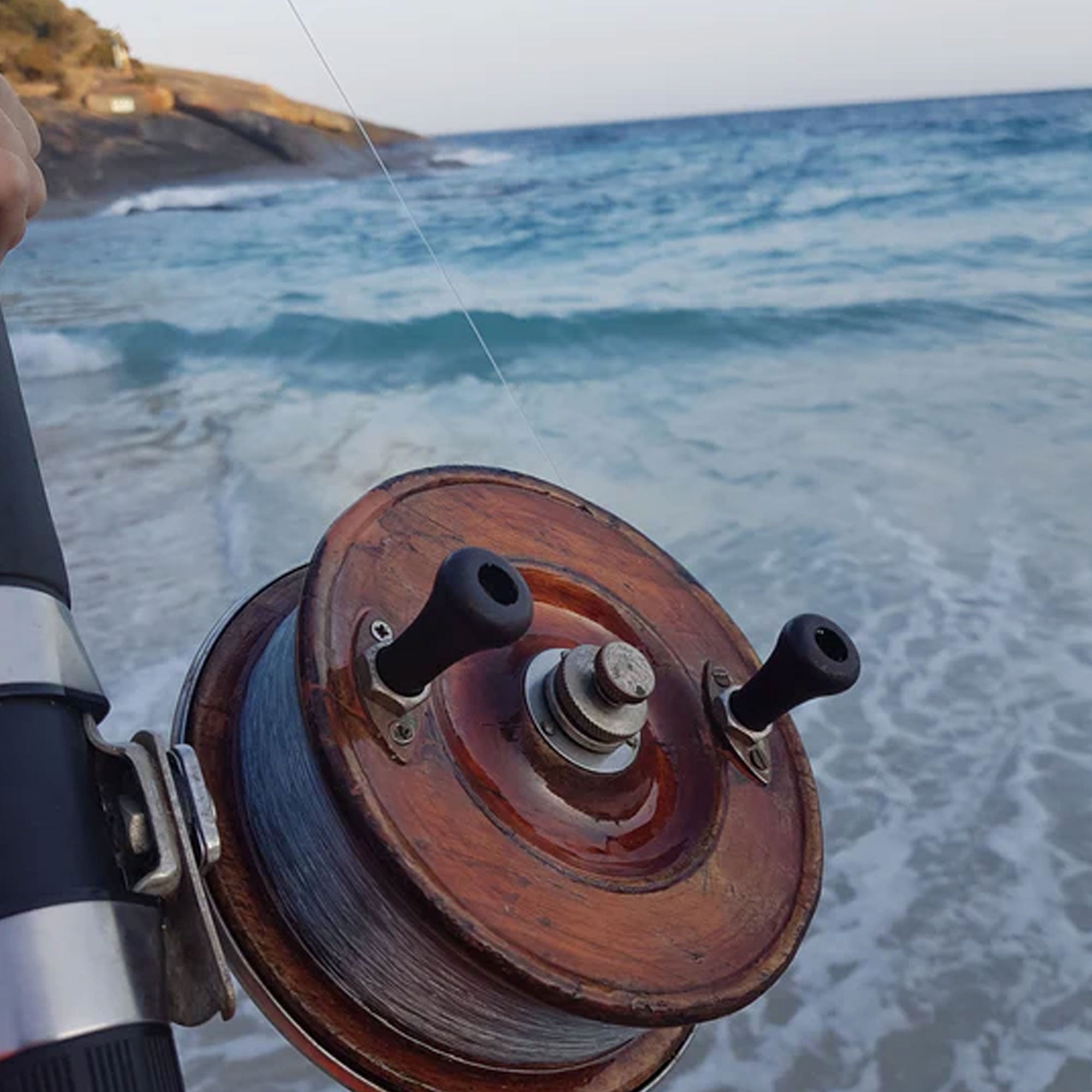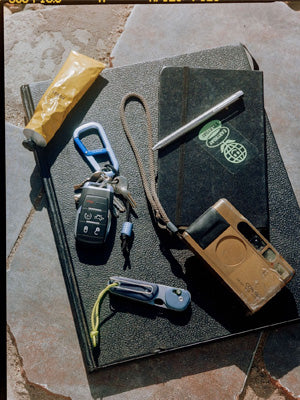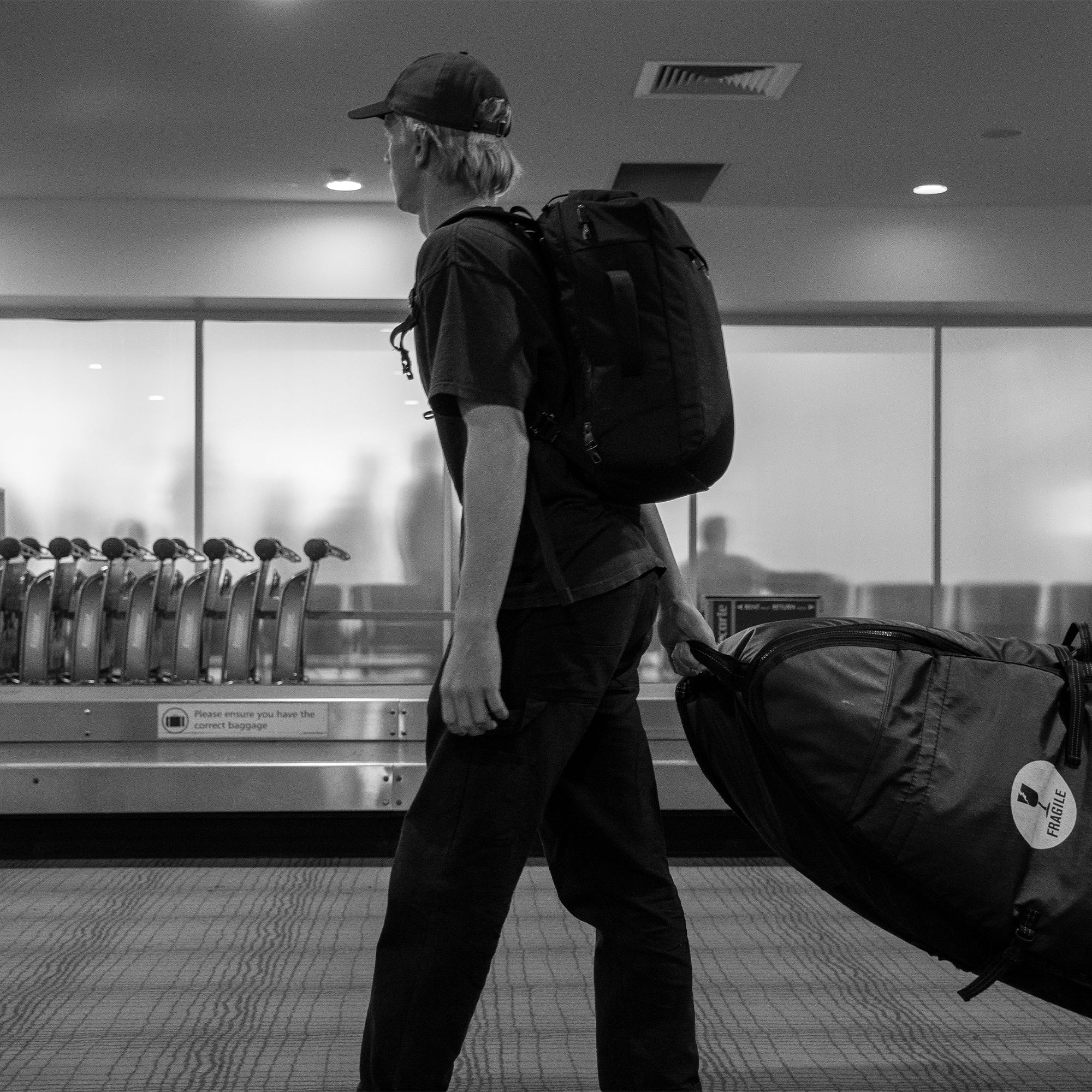Restoring a Legacy: John Gowing’s Tribute to His Father, WWII Pilot Ted Gowing
At 63, John Gowing remains deeply committed to preserving the memory of his late father, Ted Gowing, a WWII pilot who flew dangerous long-range missions for the Royal Air Force (RAF). While many children grow up thinking their dads as heroes, John still holds that belief to this day. To honour his father’s service, he has overseen the meticulous restoration of a historic aircraft, ensuring that Ted’s aviation legacy lives on for future generations.

The Plane and Its Significance
The aircraft being restored is a scaled-down replica of a Sopwith Snipe, a classic fighter plane. While the model itself does not feature an original wartime propeller, John holds a remarkable collection of propellers from aircraft his father flew, including a Tiger Moth propeller and one from a Walrus amphibious plane. This collection serves as a deeply personal tribute, reflecting John’s reverence for his father’s legacy and the aircraft that shaped his wartime service.
A Pilot’s Sacrifice
Ted Gowing’s path to the Air Force was far from straightforward. Initially enlisting in the Australian Army on the day war was declared, he later transferred to the RAF when the age limit for pilots was raised due to the high casualty rates of the Battle of Britain.
He trained in Narromine, New South Wales, and later in Canada under the Empire Air Training Scheme before being deployed to the UK with 20 other Australian Flight Sergeants. Tragically, only two of them would survive the war.
One of Ted’s most dangerous assignments was convoy duty, where pilots escorted naval convoys to the limits of their fuel range, circling them for protection before returning home. If they encountered enemy aircraft, they had to drop their extended fuel tanks to engage in combat. This often meant running out of fuel and ditching in the freezing North Sea, hoping for rescue.
A Love Story Through War
While Ted was fighting overseas, his fiancée, Lieutenant Barbara Crago, was serving as a physiotherapist in the armed forces. The couple had made the difficult decision not to marry before the war, knowing the risks Ted faced.
Despite the distance, Ted sent an airgram to Barbara every month, keeping their connection alive during the long years of war. In one letter, he wrote about the Japanese invasion of New Guinea, expressing his deep desire to leave Europe and fight for Australia on the home front. When he was first stationed in Europe, Japan had not yet entered the war, but as the conflict spread, Ted felt torn between his duty in Europe and the growing threat to his homeland.
After five long years apart with little communication beyond these letters, they wasted no time in reuniting. Shortly after Ted’s safe return to Australia, they married, beginning the next chapter of their lives together.

The Restoration Effort
The restoration of the aircraft was undertaken by Luskintyre Aircraft Restorations, a specialized aviation workshop northwest of Newcastle with decades of experience restoring vintage planes. The build took 12 months, with meticulous attention to detail ensuring it stands as a worthy tribute to Ted Gowing and his fellow pilots.
The History of Luskintyre Aircraft Restorations
Luskintyre’s history in aircraft restoration dates back to 1986, when Ray Windred was approached by a part-owner of Luskintyre Airfield to establish a Tiger Moth restoration facility. Over the next 24 years, Ray was instrumental in restoring 29 Tiger Moths to flying condition.
In 2010, Ray retired, and his protégé, Matthew Webber, who had been working alongside him, stepped in to continue the legacy. In 2011, Webber officially formed Luskintyre Aircraft Restorations, which has since gone on to restore and rebuild over 50 vintage and antique aircraft.
Their expertise in restoring historic planes made them the perfect choice for John Gowing’s project, ensuring that Ted Gowing’s legacy would be preserved with the highest level of craftsmanship.
A Permanent Tribute
Once completed, the aircraft will be displayed at Coffs Central, a Gowing family-owned property in Coffs Harbour. This permanent exhibit will not only honor Ted’s legacy but also serve as a lasting reminder of the courage and sacrifice of Australian pilots during World War II.
Preserving History for Future Generations
Australia’s role in World War II aviation is often overshadowed by larger global narratives, but stories like Ted Gowing’s highlight the immense sacrifices made by Australian pilots. By restoring and publicly displaying this aircraft, John Gowing hopes to educate and inspire future generations, ensuring that the bravery of men like his father is never forgotten.
This project is more than just preserving a plane—it is about preserving a legacy. Through this restoration, Ted Gowing’s story will continue to be told, reminding all who see it of the incredible courage of Australia’s wartime pilots.










